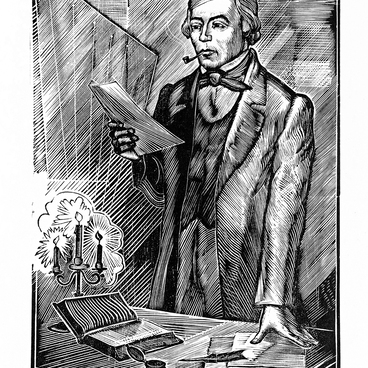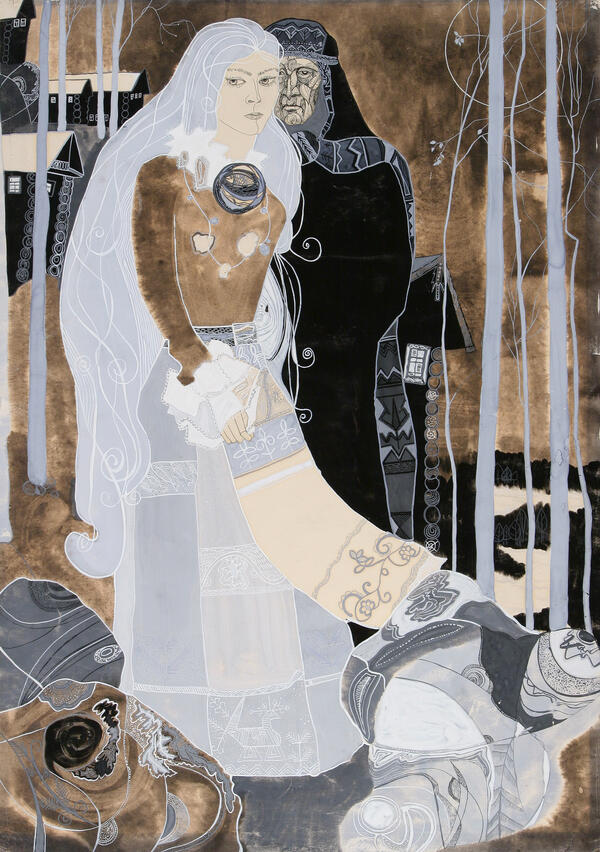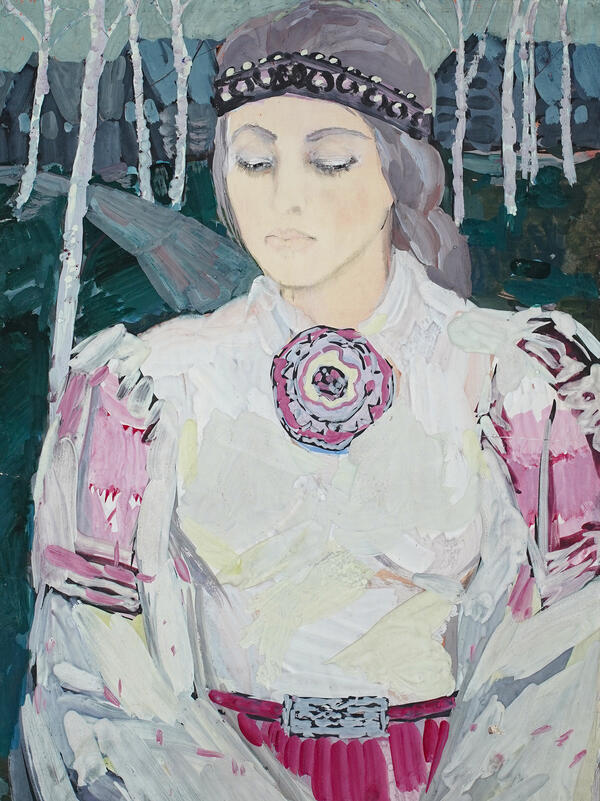The geographical setting of the “Kalevala” encompasses two mythical realms: Kalevala, home to the main protagonist Wainamoinen and other characters, and Pohyola (Pohjola), which can only be reached by traversing the sea. Beyond the inhabited realm lies Manala, the realm of the dead. According to Finnish mythology, the base of the world pillar — the root of the “world tree” — is located beyond the northern horizon in Pohyola. Entry to Pohyola is protected by a wolf, bear, and snake. The hostess of Pohyola is an evil witch named Louhi, who possesses great magical abilities.
The relationship between men and women in the poem is centered around the culminating event — the wedding, which is traditionally presented in the form of a lengthy and highly detailed ceremony. Arranging a marriage with a member of another family is a journey to another world, where the groom faces challenges either from the bride or her mother. Heroes of Kalevala travel to Pohyola on several occasions and return with or without brides. The maidens from Pohyola become wives to the men from Kalevala and thus, mothers to other heroes. Rumors about the beauty of women from Pohyola drive the grooms to seek the northern land, undertaking quests and feats and completing various difficult tasks. However, the obstacles they overcome and deeds they accomplish are, in essence, part of the courtship ritual.
In Tamara Yufa’s artworks, the image of Pohyola,
the northern land, was created primarily through the portrayal of female
characters.







